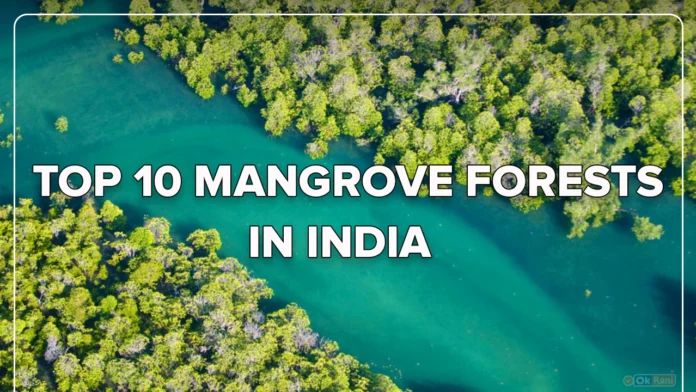India boasts many ecosystems, from vibrant rainforests to harsh deserts. Among these, Indian Mangrove forests hold a distinctive and vital place. Thriving in the intertidal zone where saltwater and freshwater merge, mangroves are coastal ecosystems.
These habitats are not only biodiversity havens but also offer invaluable ecosystem benefits, including coastal protection and carbon storage. For nature enthusiasts, exploring India’s mangrove forests promises a captivating and rewarding experience.
One of the many advantages of these forests is their role as natural buffers guarding coastlines against erosion, storms, and tsunamis. Their robust root systems fortify shorelines, mitigating the force of powerful waves and currents.
Furthermore, mangroves serve as critical nurseries and breeding grounds for various marine species, including fish, crustaceans, and mollusks. The intricate root systems of mangroves supply refuge and sustenance, fostering a thriving and diverse ecosystem.
Table of Contents
1. Sundarbans Mangrove Forest, West Bengal
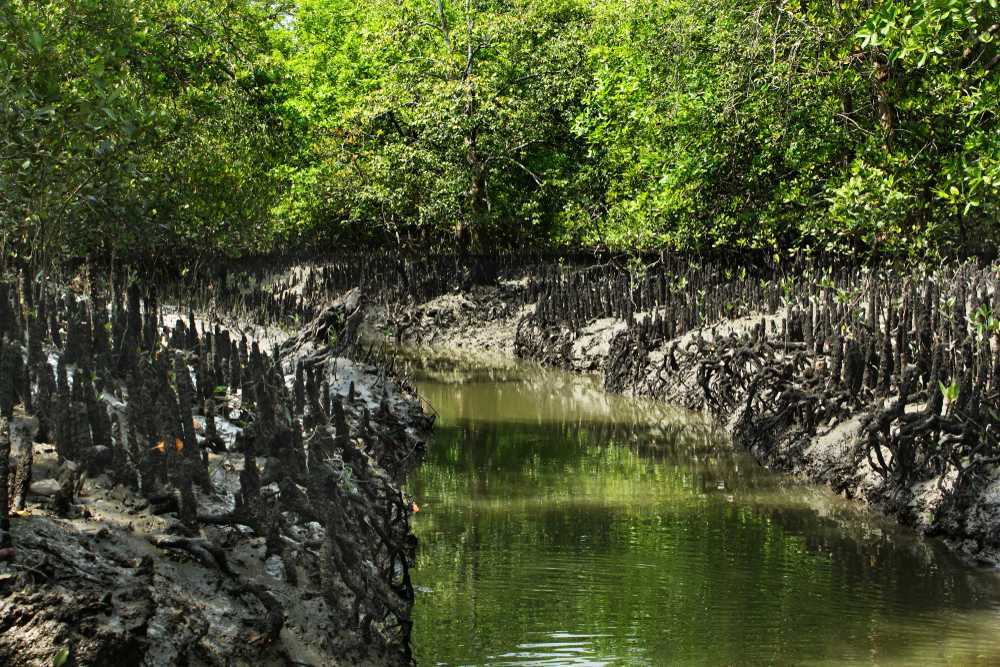
The Sundarbans is India’s most renowned mangrove forest, earning its UNESCO World Heritage Site designation. Nestled within the Ganges, Brahmaputra, and Meghna delta, it ranks among the world’s largest mangrove forests. Beyond its stunning natural allure, the Sundarbans are celebrated for harboring Bengal tigers. Navigating its meandering waterways by boat unveils the grandeur of these majestic beasts, alongside a multitude of avian, reptilian, and piscine species. The harmonious coexistence of land and sea in this realm is a profound spectacle.
2. Pichavaram Mangrove Forest, Tamil Nadu
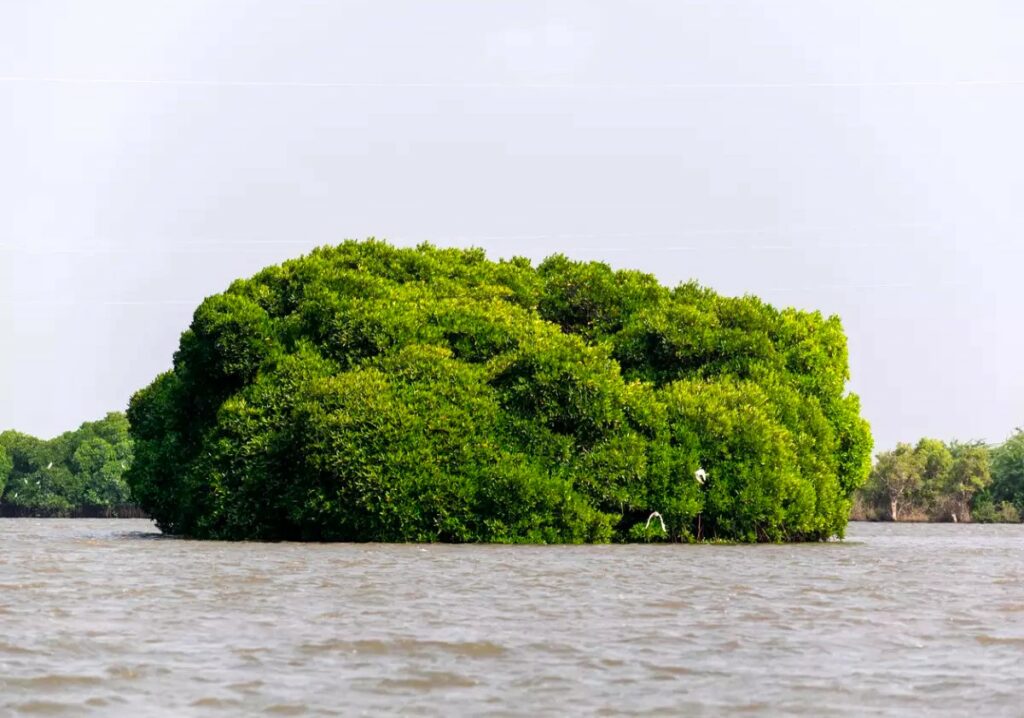
Nestled near Chidambaram in Tamil Nadu, Pichavaram is an undiscovered gem within India’s mangrove landscapes. Its unique feature lies in the intricate labyrinth of backwaters, mangrove islets, and estuaries, forming a kayaker’s haven. Drifting through these peaceful waters, enveloped by vibrant greenery, offers a dreamlike journey. The serenity and abundant wildlife of this place render it a captivating spot for both nature enthusiasts and thrill-seekers.
3. Bhitarkanika Mangroves, Odisha
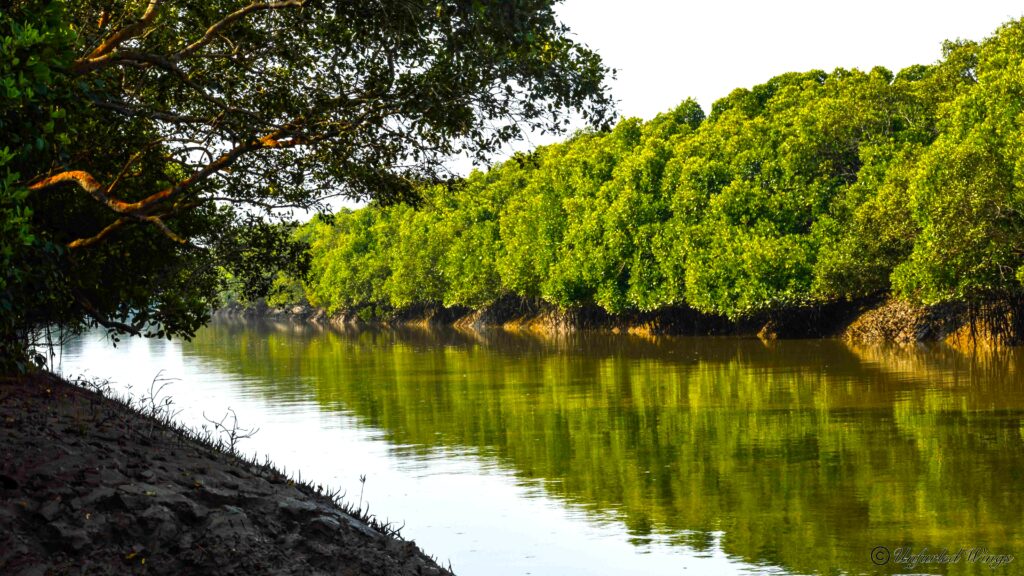
Nestled in Odisha, Bhitarkanika remains a hidden treasure among India’s mangrove forests. It boasts the country’s most extensive population of saltwater crocodiles. Embarking on a boat journey through its intricate labyrinth of tidal rivers and creeks promises an unparalleled adventure. Along the way, you’ll encounter basking crocodiles on mudflats and a rich variety of birds and wildlife. The distinctive plant and animal life of Bhitarkanika transforms it into a must-visit haven for nature lovers.
4. Chorao Island Mangrove Forests, Goa
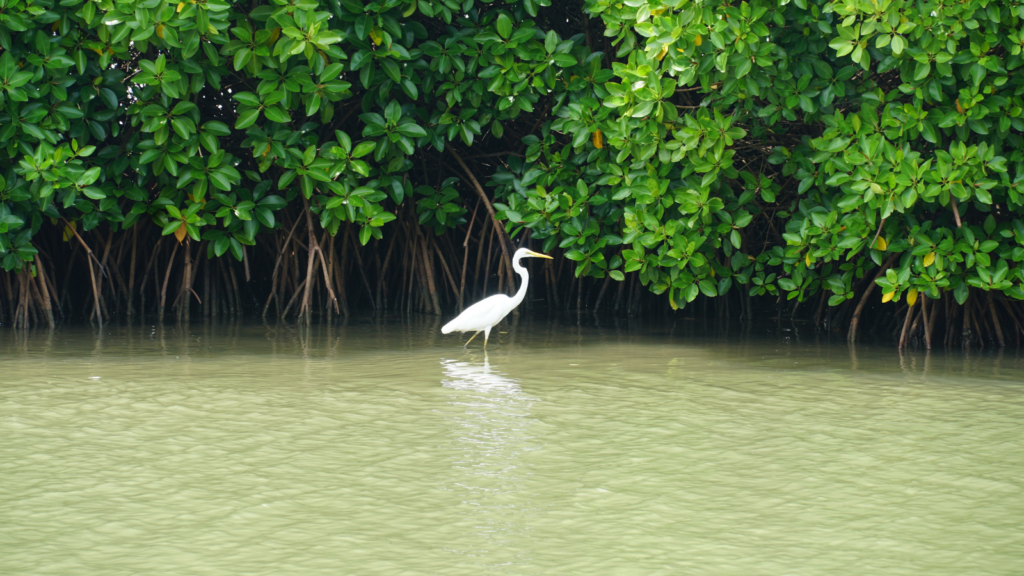
While Goa is celebrated for its pristine beaches, it also harbors hidden mangrove treasures. The Cumbarjua Canal, Mandovi-Zuari Estuary, and Salim Ali Bird Sanctuary unveil Goa’s vibrant mangrove ecosystems. Chorao Island Mangroves, or simply Chorao Island, stands as a scenic and ecologically vital gem in Goa.
This island is famed for its thriving mangrove forests and distinct biodiversity, making it a paradise for bird enthusiasts. Whether you choose a boat voyage or a tranquil nature walk, you can immerse yourself in the tranquil allure and rich wildlife of Goa’s mangroves.
5. Vembanad Kol Wetland, Kerala
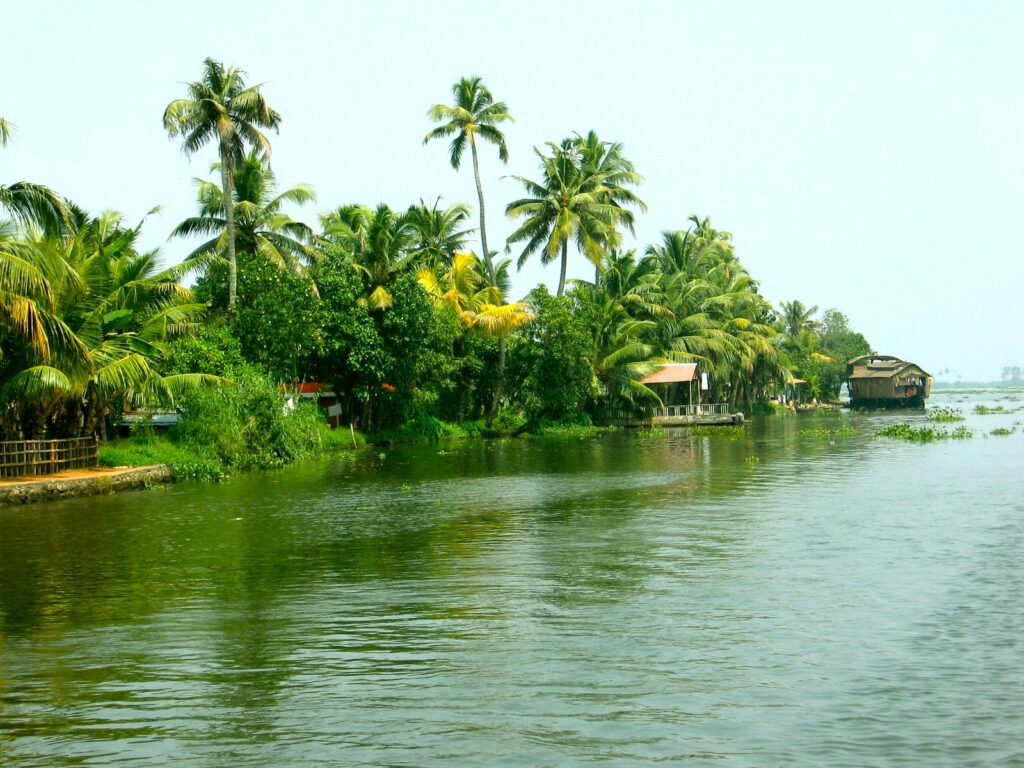
Situated in Kerala’s enchanting backwaters, the Vembanad Kol Wetland forms a diverse ecosystem with mangroves, marshes, and wetlands. This region holds both ecological importance and cultural wealth. Engage in traditional fishing, birdwatching, or houseboat cruises to truly appreciate the charm of this distinctive landscape.
6. Gulf of Kutch Mangroves, Gujarat
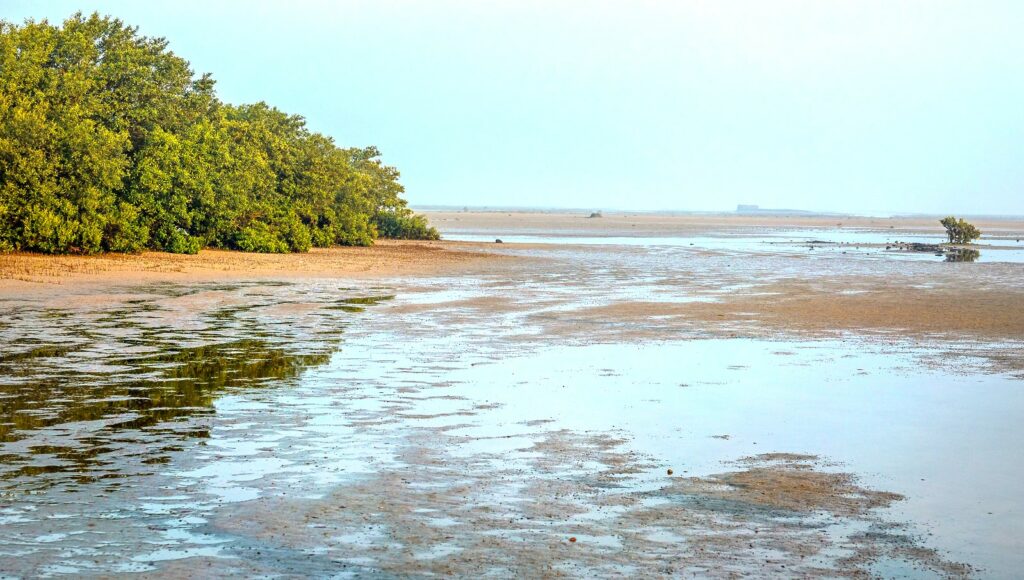
The Gulf of Kutch Mangroves, also called Kutchi or Kachchh mangroves, form a vital mangrove ecosystem on the Gulf of Kutch coast in Gujarat, Western India. This area is within the expansive Indus River Delta, combining distinctive land and marine environments. Here, you’ll find various mangrove species, including Avicennia marina (gray mangrove), Rhizophora mucronata (loop-root mangrove), and Ceriops tagal (milky mangrove).
7. Thane Creek Mangroves, Maharashtra
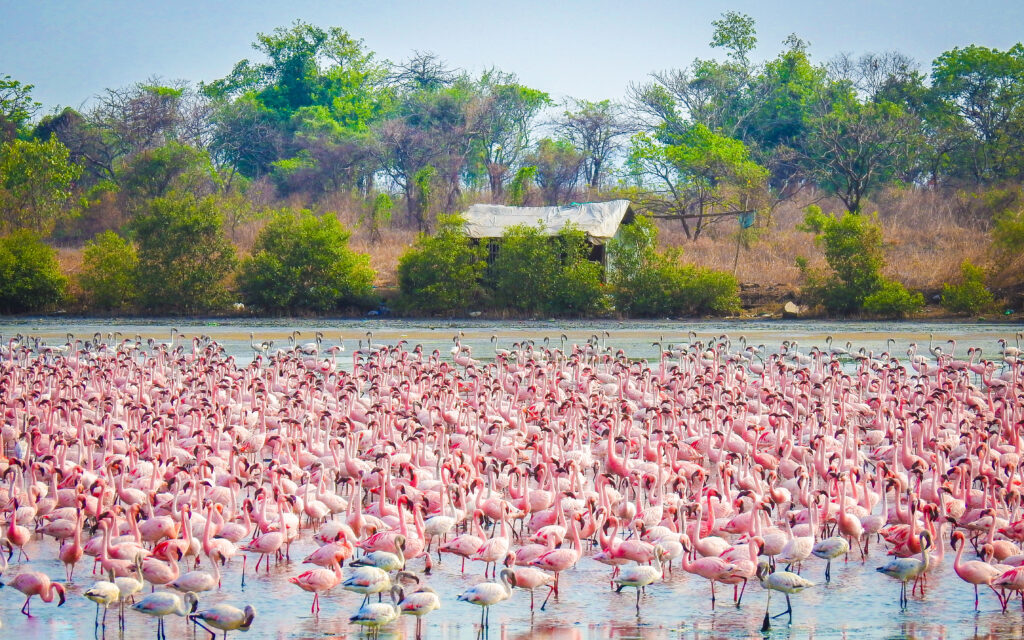
The Thane Creek Mangroves line the eastern edge of Thane Creek, a tidal estuary flowing between Mumbai and Navi Mumbai. Also known as Thane Creek Flamingo Sanctuary, it’s a significant, ecologically diverse wetland near Mumbai, Maharashtra, India. These mangroves are essential for biodiversity, coastal protection, and ecosystem services.
8. Andaman and Nicobar Islands
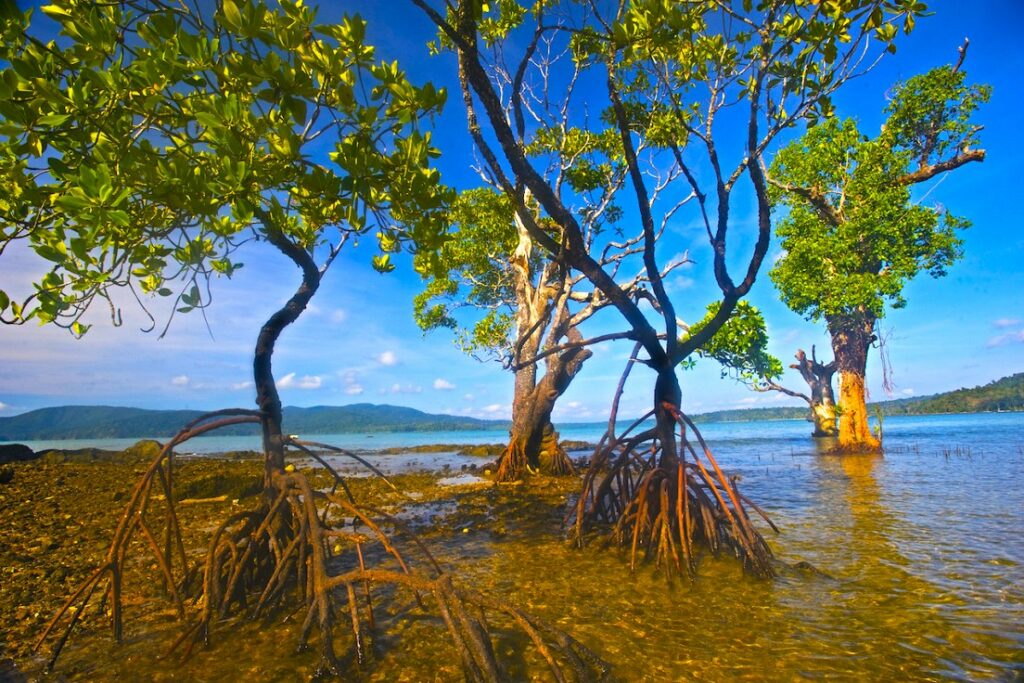
The Andaman and Nicobar Islands, nestled in the Bay of Bengal, are encircled by untouched mangrove forests. The Mahatma Gandhi Marine National Park, featuring mangrove creeks, provides chances for snorkeling, scuba diving, and birdwatching. With captivating coral reefs, abundant marine creatures, and thriving mangroves, these islands are a haven for nature lovers.
9. Godavari-Krishna Mangroves, Andhra Pradesh
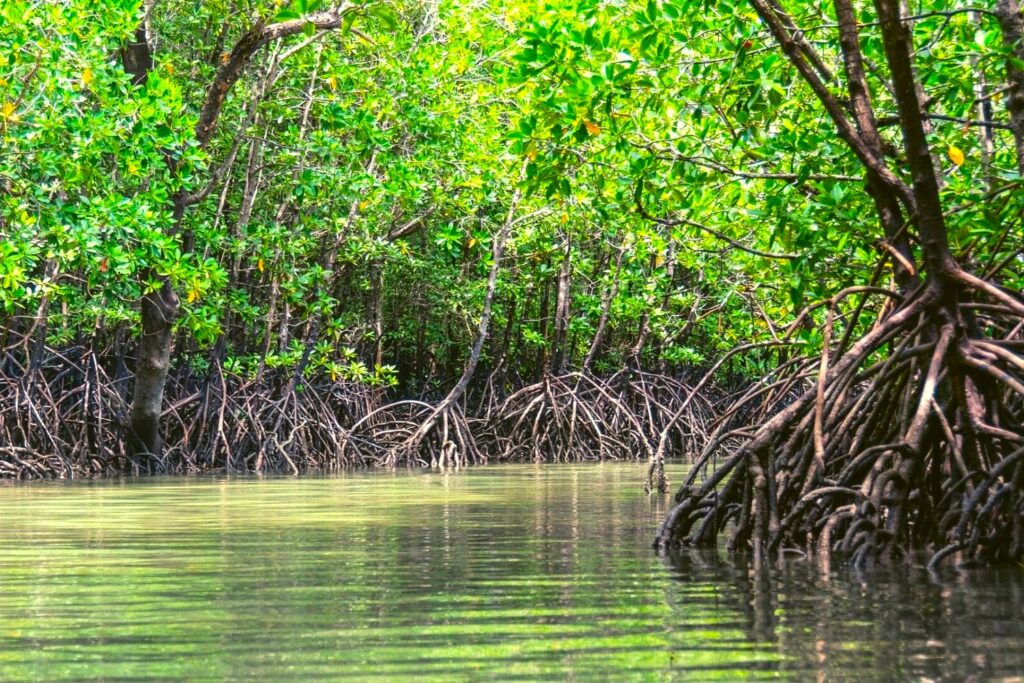
Nestled within the Godavari river delta in Andhra Pradesh’s East-Godavari district, the Godavari Krishna mangrove forests belong to the extensive mangrove ecoregion hugging the eastern coast. These remarkable mangroves extend into both Krishna and Guntur districts, encompassing 404 square kilometers of captivating wilderness in Andhra Pradesh.
10. Kundapur Mangroves, Karnataka
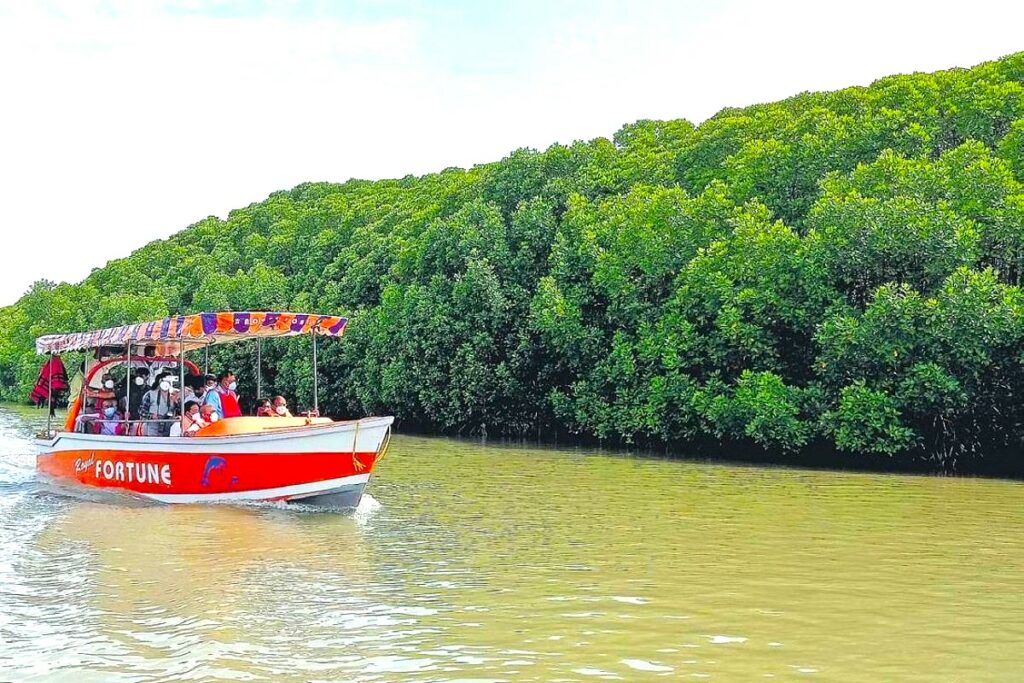
Tourists in Kundapur(Coondapur), Udupi district, now enjoy tranquil boat rides through lush mangrove forests, adding to the array of attractions like wildlife observation, leisurely angling, and scenic treks. The Panchagangavali River’s backwaters in Kodi, Kundapur, adorned with abundant mangrove forests, have blossomed into a thriving eco-tourism destination.
| FAQs – Mangrove Forest in India |
1. What is Mangrove Forest?
A mangrove forest is a coastal area with salt-tolerant trees and shrubs, crucial for biodiversity and coastal protection.
2. Where is the mangrove forest found mainly?
Mangrove forests primarily exist in the Sundarbans delta, situated in the Ganges River delta, spanning Bangladesh and West Bengal, India. These unique trees thrive in tough coastal environments.
3. What’s the largest mangrove forest in India?
The Sundarbans Mangrove Forest in West Bengal holds that title, covering approximately 2,112 square kilometers.

